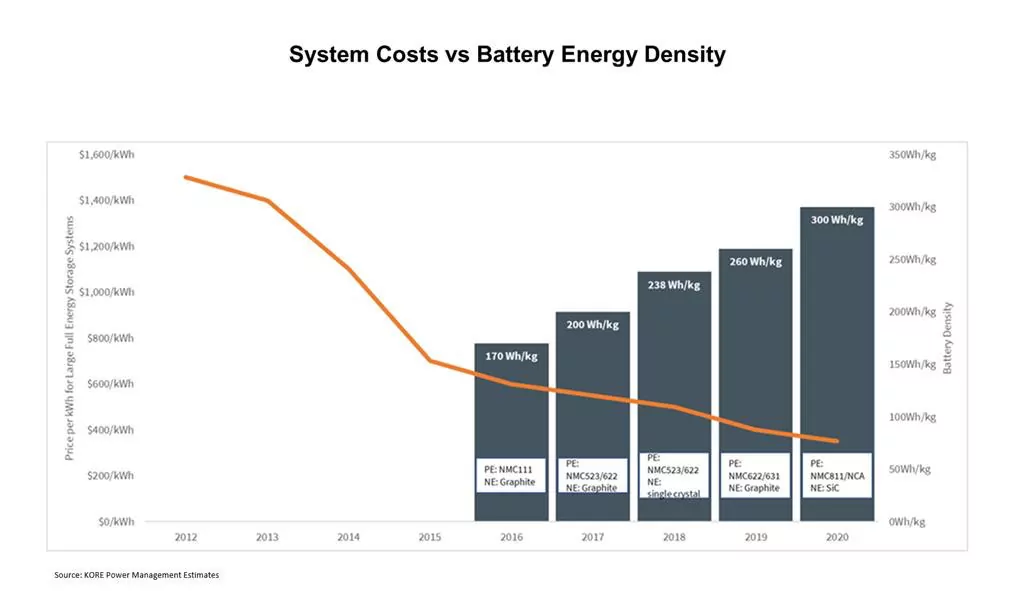Storage – The Time is Now

Written by Jeff Manning, Managing Director
When it comes to storage, the struggle is entirely of our own making. The much-bemoaned lack of efficient energy storage is a choice, not a circumstance foisted upon us by fate. The technology exists. Major battery manufacturers, in their zeal to mine EV dollars, have simply not prioritized full energy storage systems. As global energy market woes triggered by COVID-19 continue to mount, the need to create and deploy large-scale, effective energy solutions is more pressing than ever.
At CohnReznick Capital, we are working with several companies on comprehensive renewable energy projects leveraging battery and storage to improve efficiency and enhance financial returns.
Several years ago, the cost of a Full Energy Storage System was $1,400 to $1,500 per kWh. Today, a vastly superior, technically efficient system costs $375 to $400 per kWh, a price that could be lower if not for a significant imbalance in the supply and demand for batteries.
Fact is, the world’s four major battery manufacturers – LG Electronics, Panasonic/Sanyo, Samsung, and CATL – are primarily focused on fast-growing electronic vehicle (“EV”) applications. Even major utility and independent power producer customers are finding it challenging to find battery vendors to satisfy their application.
While hundreds of millions of dollars have been invested in alternative technologies, the Lithium nickel manganese cobalt oxide (“NMC”) is emerging as the gold standard, especially given substantial engineering progress over the past several years to increase density, power, and safety. Other technology platforms may catch up, but expect the NMC battery to lead the way over the next 24 to 36 months.
The major battery manufacturers are Asian. This fact is notable given the current upheaval in the global supply network. Agencies of the U.S. government – including the Department of Commerce, Department of Energy, and the Department of Defense – have made it a strategic defense initiative to establish lithium ion manufacturing owned and operated by U.S. companies.
Every challenge represents an opportunity. If the solution to the dearth of battery storage is a blend of regulatory incentives, new technology and market disruption, we may be best positioned now to coalesce and create efficient, affordable energy storage systems to deploy over the next 18 to 24 months.


